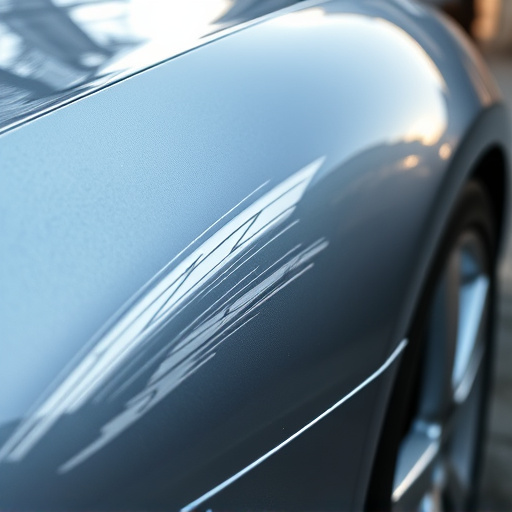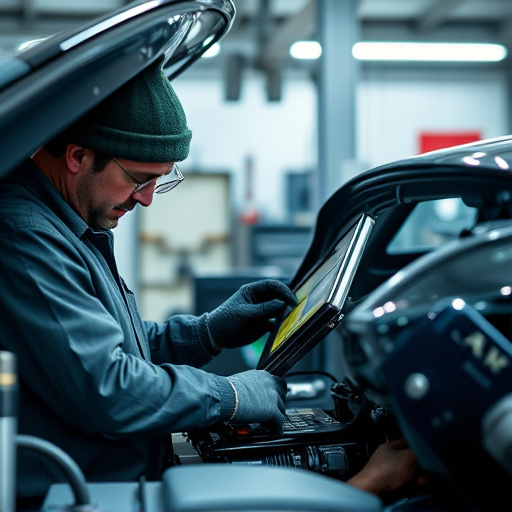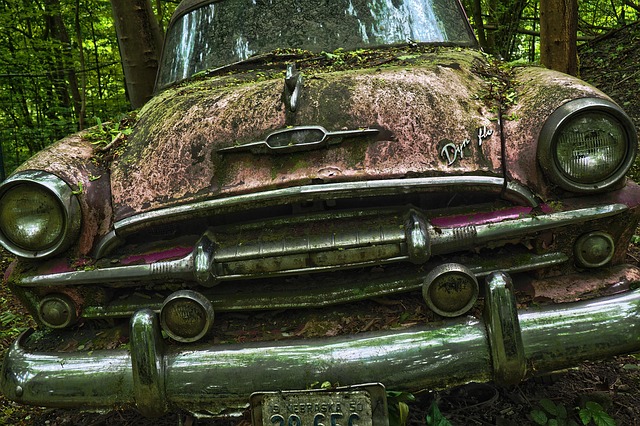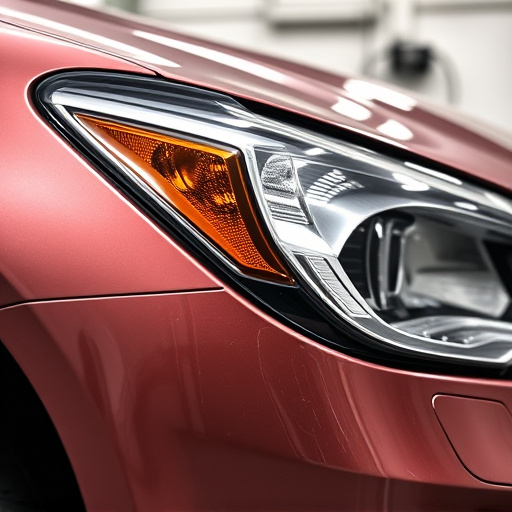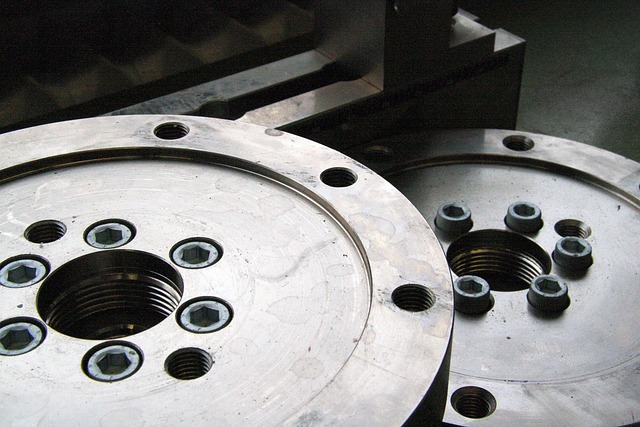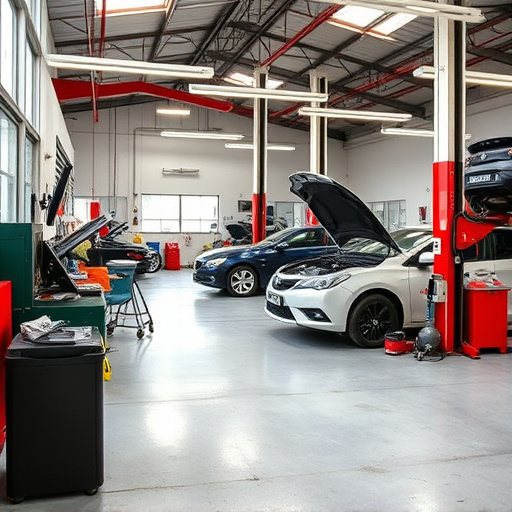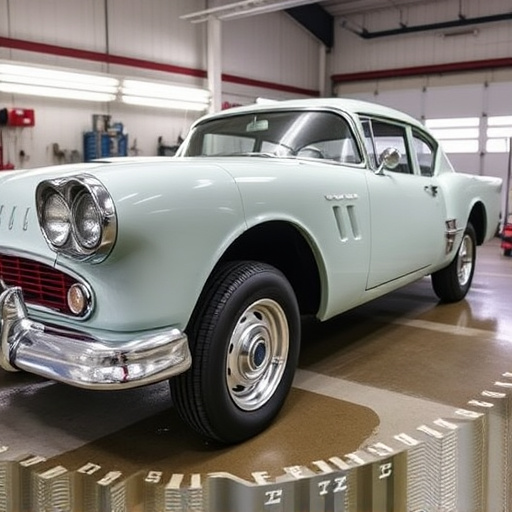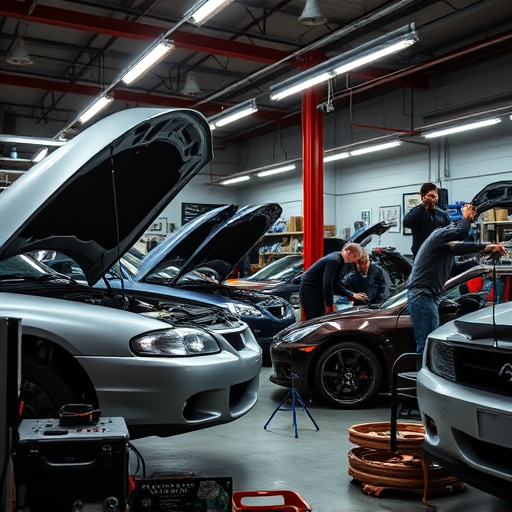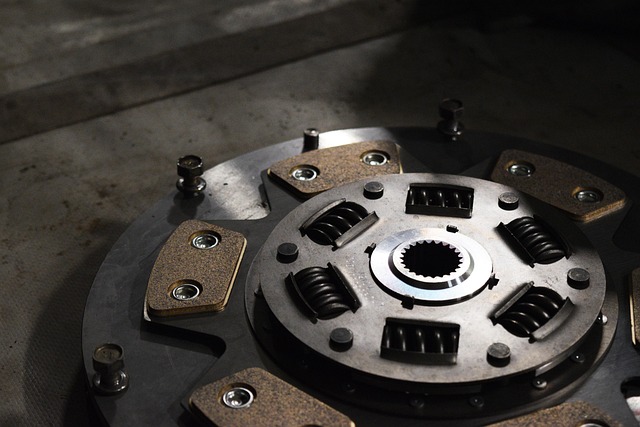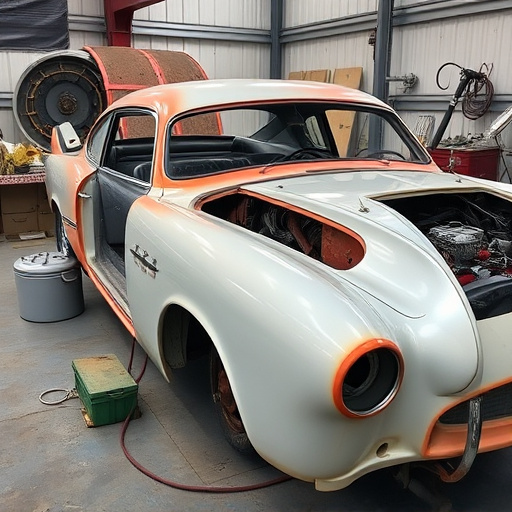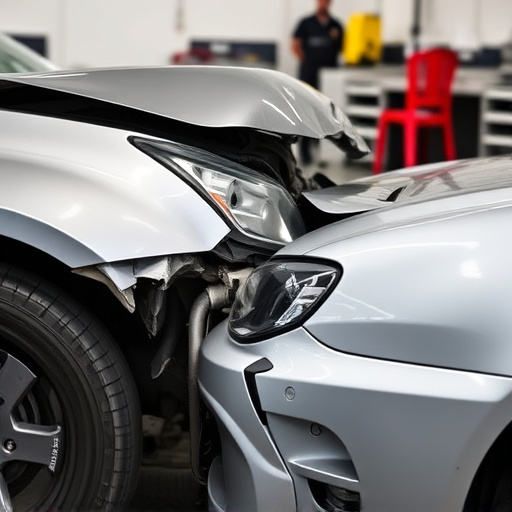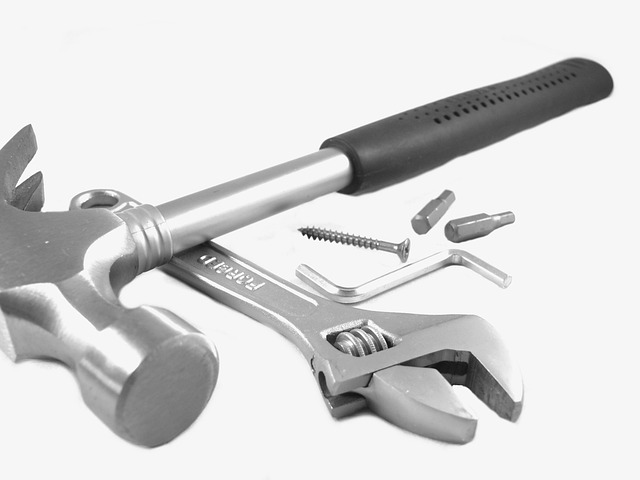Concours level repair for high-end cars requires meticulous standards and specific restoration guidelines. This involves detailed tasks by trained technicians, ensuring vehicles exceed expectations. Effective documentation, including before-and-after photos, measurements, and repair steps, is crucial for transparency and accurate judging. Best practices include high-resolution images, precise measurements, and a standardized format with keywords like "concours level repair" for efficient digital platform searchability.
Discover the art of meticulous documentation for concours level repairs with this comprehensive guide. Learn how to navigate the stringent standards set for show judging, ensuring every detail is captured accurately. From understanding the basics to implementing a structured process and adopting best practices, this article equips you with the knowledge to meticulously record repairs, enhancing the integrity and fairness of show judging. Master the step-by-step approach to documenting concours level repair, leaving no room for error or ambiguity.
- Understanding Concours Level Repair Standards
- The Step-by-Step Process for Documenting Repairs
- Best Practices for Effective Show Judging Documentation
Understanding Concours Level Repair Standards
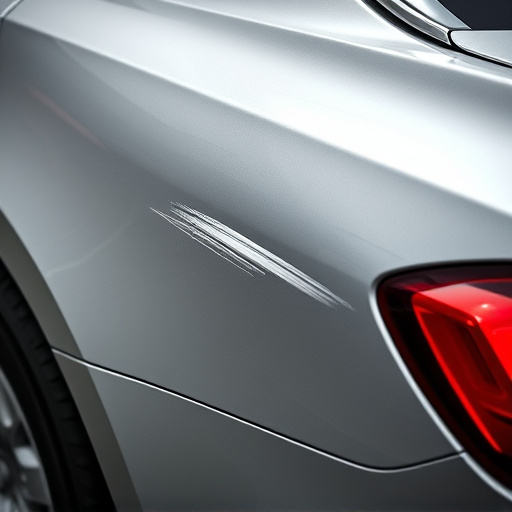
In the realm of show judging, especially for high-end automotive events known as concours, maintaining meticulous standards is paramount. Concours level repair goes beyond conventional dent repair or fender repair; it’s about restoring vehicles to their original factory specifications, ensuring every detail aligns with the manufacturer’s vision. This involves not just fixing physical damage but also understanding and adhering to the specific restoration guidelines set by concours organizers.
At a collision center specializing in concours-level repairs, technicians are trained to handle intricate tasks such as panel replacement, paint matching, and trim restoration. They must possess an eye for detail and a deep knowledge of automotive history to accurately recreate the vehicle’s original aesthetic. This meticulous approach ensures that cars presented at concours events not only meet but exceed expectations, becoming a testament to the art and craftsmanship involved in fine automotive restoration.
The Step-by-Step Process for Documenting Repairs
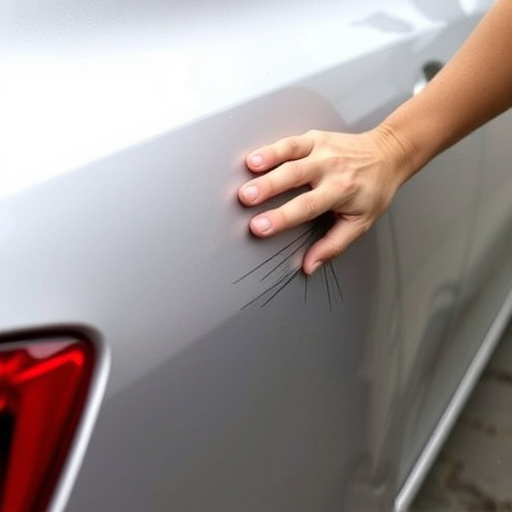
Documenting concours level repairs involves a meticulous step-by-step process to ensure precision and accuracy. It begins with a thorough inspection of the vehicle, identifying each defect—from minor scratches and dents to more significant paint imperfections—using high-quality lighting and magnifying tools. This initial assessment is crucial for determining the extent of repair required.
Next, a detailed record of each repair is maintained throughout the process. This includes taking before-and-after photos, noting down specific measurements and techniques used, and documenting the materials employed. For example, in car dent removal, methods such as PDR (Paintless Dent Repair) or more traditional hammering and dollying are recorded. Similarly, scratch repair techniques like compound and polish application or the use of specialized tools for fine detailing are meticulously logged. An auto body shop engaged in concours level repairs must maintain this detailed documentation to prove the quality and precision of their work.
Best Practices for Effective Show Judging Documentation
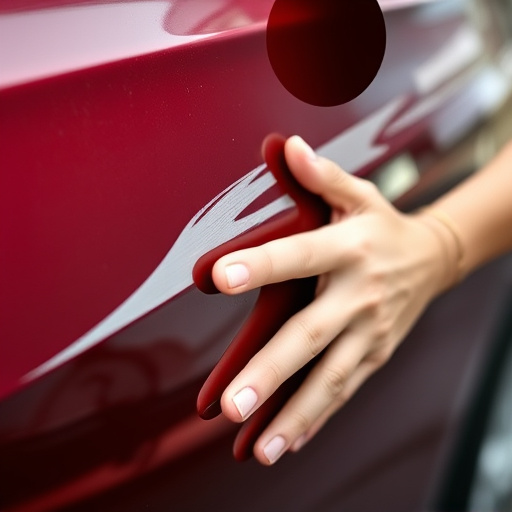
Effective documentation for concours level repairs is a cornerstone for any professional automotive body shop. It ensures a clear record of the vehicle’s condition before and after restoration, providing transparency and facilitating accurate judging in show competitions. To achieve this, adopt best practices that include taking detailed, high-resolution images from various angles, noting precise measurements, and documenting every step of the repair process with corresponding dates. This comprehensive approach allows for easy reference during shows, ensuring judges can assess the quality of work accurately.
Moreover, clear communication is key. Use a standardized format for your documentation, including sections for pre-restoration condition, repairs executed, materials used, and post-restoration results. This ensures consistency across all documents, making them user-friendly for both shop staff and judges. Additionally, integrating keywords like “concours level repair,” “vehicle restoration,” and “car scratch repair” into your documentation enhances searchability, especially in digital platforms, further streamlining the judging process.
Competitive car enthusiasts and judges alike can greatly benefit from mastering the art of documenting concours level repair. By adhering to the outlined steps and best practices, you ensure that each restoration is meticulously recorded, facilitating fair and consistent judging. Mastering this skill not only enhances the overall presentation of vehicles but also provides a clear, comprehensive record of their meticulous craftsmanship, making it an invaluable asset in the world of concours level repair and show judging.
